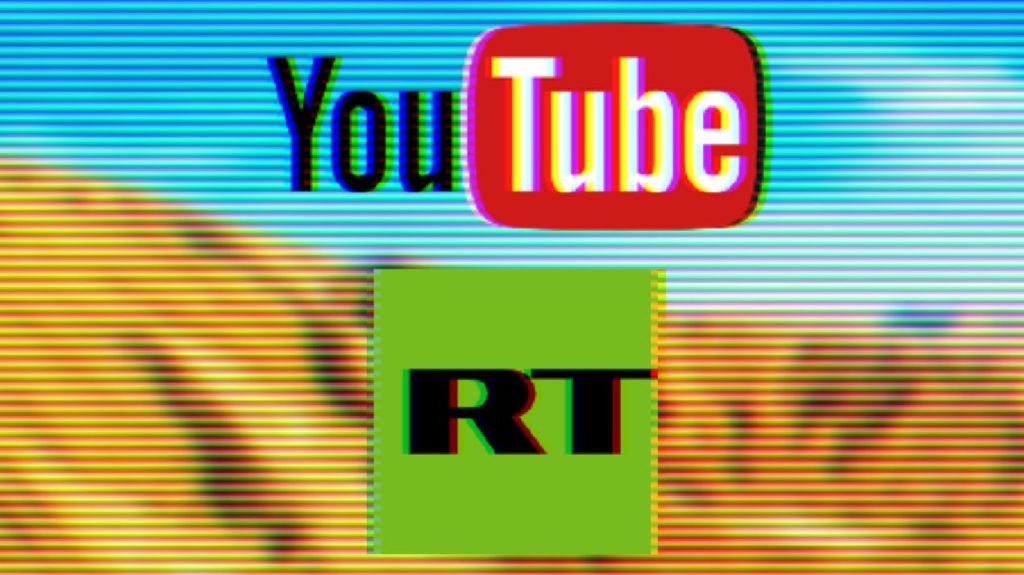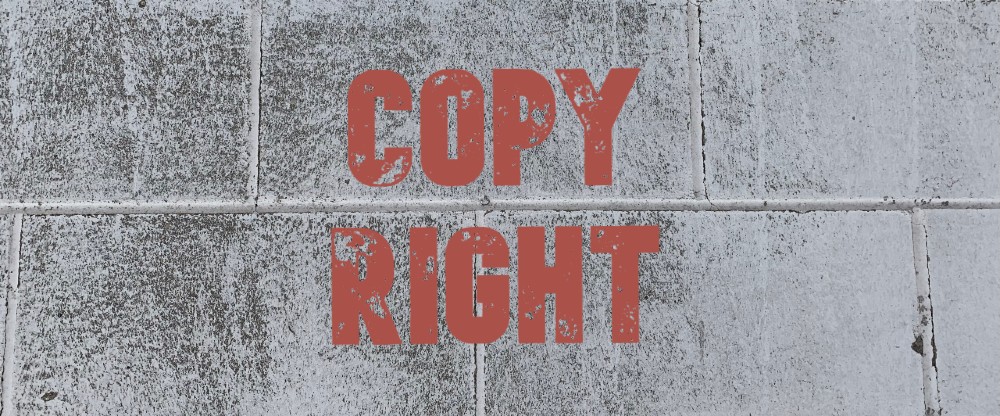
The purveyor of cPanel – the well-known hosting automation software – has successfully obtained an injunction against an overseas enterprise accused of engaging in an elaborate scheme to sell unauthorized access to the cPanel software. A federal court in Oregon has issued a wide-ranging injunction against the defendants’ unauthorized activities.
The sophistication of defendants’ actions
Plaintiff’s evidence showed that defendants – under the brand “Licenseman” – changed the cPanel software in several ways. Defendants allegedly made it so that any requests for licensing or technical help from cPanel went to Licenseman’s servers instead. The modified software hid messages about trial licenses expiring and would delete itself if cPanel’s tech team tried to access a server with this altered software. The changes involved “wrapped binaries” in the software, which tricked the system into using licenses meant for other cPanel systems. This meant many people could use the same cPanel license illegally.
cPanel’s legal claims
cPanel sued for:
- copyright infringement;
- the trafficking of circumvention devices in violation of the DMCA, 17 U.S.C. § 1201(a)(2);
- trademark infringement and unfair competition under 15 U.S.C. § 1114, 1125(a);
- trademark counterfeiting under 15 U.S.C. § 1114; and
- cybersquatting under ACPA, 15 U.S.C. § 1125(d).
cPanel asked the court to enter a preliminary injunction to stop the unlawful activity. The court granted the motion. In reaching its decision, it found that plaintiff was likely to succeed on all five of its claims, in light of the overwhelming evidence indicating that defendants were behind the actions of the Licenseman entity.
The court’s decision
On the copyright infringement claim, the court found that plaintiffs had shown ownership of the allegedly infringed material by presenting evidence of its registered copyright claims. Plaintiffs presented evidence that defendants had infringed on plaintiff’s exclusive right to prepare derivative works of the software by altering cPanel software to permit access via illicit licenses.
As for the DMCA circumvention claim, the court found that defendants sold re-engineered, illicit cPanel licenses that, as advertised, manipulated the binary of the cPanel software so that people could use the cPanel software without purchasing a subscription from plaintiff. And defendants trafficked—that is, sold—such licenses via their websites. Thus, every element of DMCA trafficking liability had been met.
Concerning trademark infringement and unfair competition, the court likewise found that plaintiff had established a likelihood of success on the merits of its claims. Plaintiff submitted evidence that it owns a registration for the CPANEL mark, which served as prima facie evidence of exclusive rights to use the mark. And defendant’s actions were “highly” likely to confuse customers. The fact that illicit license users had sought plaintiff’s customer service suggested that users had actually been confused and not exercised a great deal of care in pursuing cPanel licenses.
Finding that plaintiff had shown likelihood of success on its counterfeiting claim, the court noted that plaintiff’s CPANEL mark identifies computer software facilitating the management and configuration of internet web servers, and defendants were using that exact mark to sell illicit licenses to plaintiff’s software.
Finally, on the cybersquatting claim, the court found plaintiffs to be likely to succeed on the merits where the disputed domain names incorporated the CPANEL mark and were used to sell infringing items “which itself prove[d] bad faith.”
Because plaintiff also showed irreparable harm from the alleged activity, that defendants’ loss of business if enjoined was not an unfair tipping of the equities, and that the public interest would benefit from the prohibition of the alleged conduct, the court granted the injunction.
cPanel, LLC v. Asli, 2024 WL 35674 (D.Or. January 3, 2024)
NB: Great work on the case by Venkat and team.






